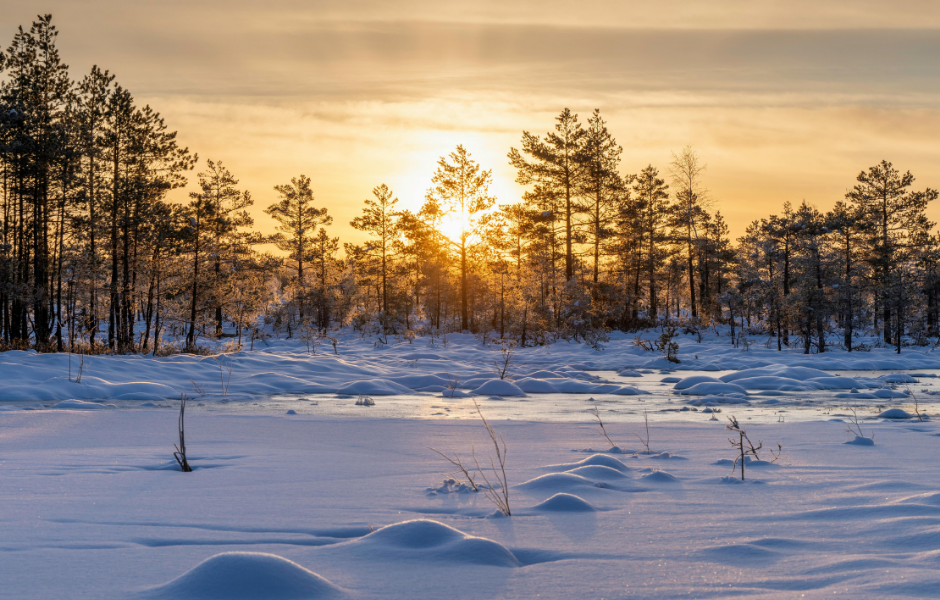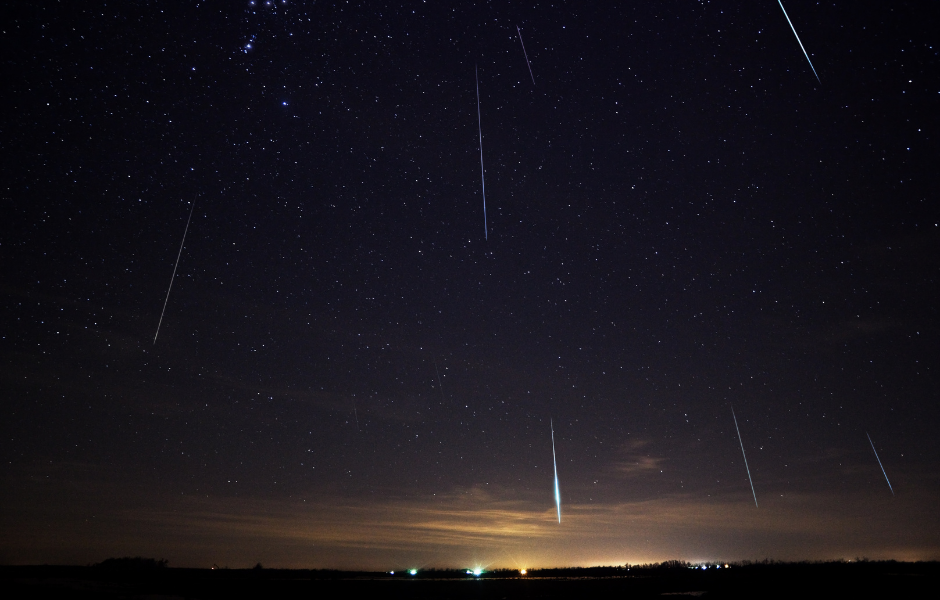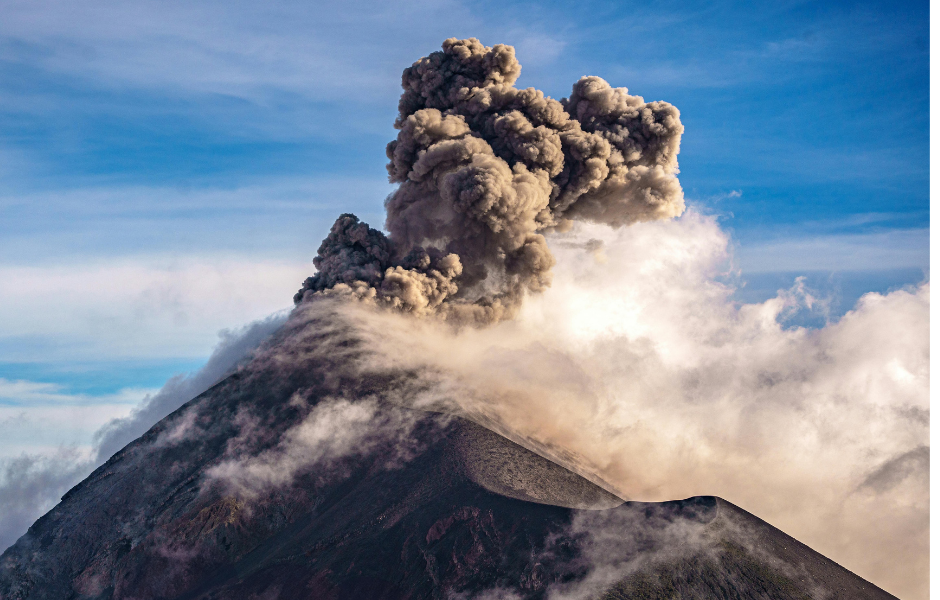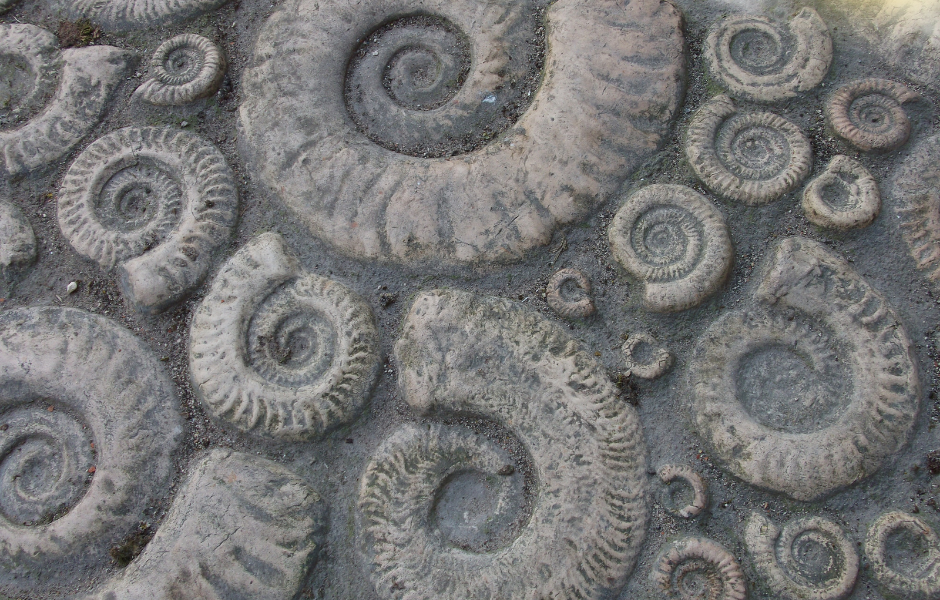
This children’s article, How do fossils form? A guide to nature’s time capsules, has been written for native English speakers and learners of English as a second or foreign language. It can help children build vocabulary, learn about science, and discover the secrets of Earth’s history. Written by Mark Pulley, a teacher and writer who creates fun and informative news articles for English learners.
What are fossils?
Fossils are nature’s way of saving memories. They are the preserved remains or traces of animals and plants that lived a very, very long time ago. Dinosaurs, ancient fish, and giant trees all left behind fossils that we find today.
But not every bone, leaf, or footprint becomes a fossil. In fact, it’s very uncommon! Fossils are like winning the lottery of nature. The conditions have to be just right.
How do they form?
Most fossils form when plants or animals die and are buried quickly under mud, sand, or ash. This protects them from being eaten or washed away. Over millions of years, the soft parts of the body rot away, but the hard parts, like bones or shells, can stay behind.
Minerals from the surrounding ground then slowly replace the original material, turning it into solid rock. That’s why fossils feel heavy like stones, because they are stones, shaped like the original animal or plant!
Types of fossils
Not all fossils are bones or shells. Some are footprints left in ancient mud that later turned into stone. Others are plants or insects trapped in amber, which is fossilised tree sap. There are even “coprolites,” which is a fancy word for fossilised poo. (Yes, even ancient bathroom breaks can become science treasures!)
These different fossils help scientists, called palaeontologists, piece together the story of life on Earth, like detectives solving a mystery.
Why fossils matter
Fossils are like history books written in stone. They tell us what creatures looked like, how they lived, and even what they ate. Without fossils, we would never have discovered dinosaurs, mammoths, or giant sea reptiles.
They also help us understand how life has changed over millions of years and how today’s animals are connected to those in the past. Next time you see a fossil, remember that you’re looking at a piece of ancient life frozen in time! You can learn more about fossils here.
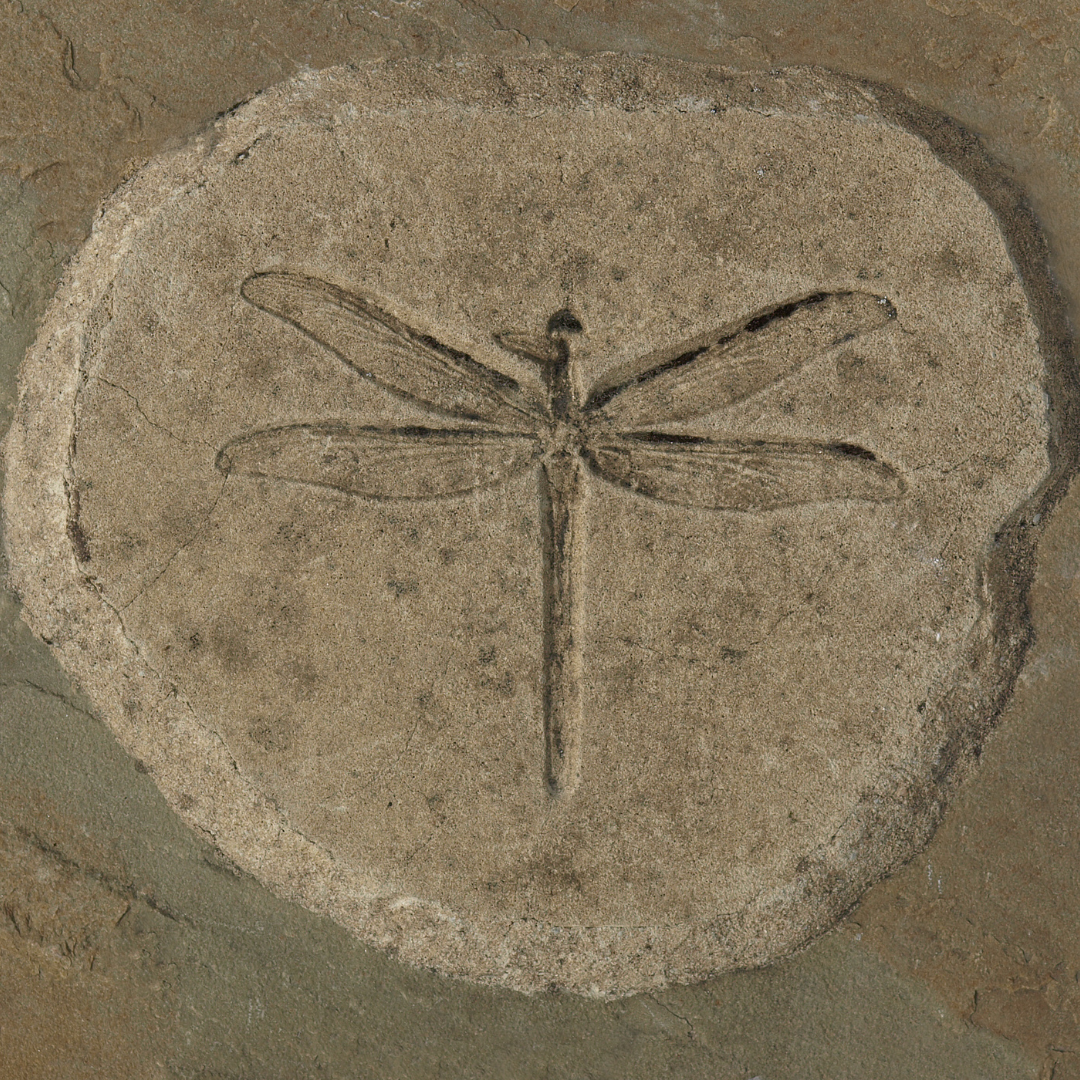
Article vocabulary list
- Fossil: Preserved remains or traces of plants or animals from the past.
- Preserve: To keep something safe or unchanged for a long time.
- Minerals: Natural substances that build rocks and replace bones in fossils.
- Amber: Hardened tree sap that can trap insects and plants.
- Palaeontologist: A scientist who studies fossils.
- Detective: Someone who solves mysteries.
- Coprolite: Fossilised animal poo.
- Ancient: Very old, from a long time ago.
- Trace fossil: A fossil showing signs of an animal’s activity, like footprints.
- Extinct: A species that no longer exists.
Comprehension questions
Just click the plus (+) to see the answer
1. What are fossils?
A) Ancient rocks made by humans
B) Preserved remains or traces of plants and animals
C) Bones that never change
Answer: B) Preserved remains or traces of plants and animals
2. Why do fossils usually form from bones and shells instead of soft parts?
A) Because soft parts disappear more quickly
B) Because soft parts are stronger than bones
C) Because bones are always shiny
Answer: A) Because soft parts disappear more quickly
3. What substance can trap insects to make fossils?
A) Mud
B) Amber
C) Sand
Answer: B) Amber
4. What is a palaeontologist?
A) A fossilised dinosaur
B) A scientist who studies fossils
C) A type of mineral
Answer: B) A scientist who studies fossils
5. What funny type of fossil is called coprolite?
A) Fossilised plants
B) Fossilised poo
C) Fossilised footprints
Answer: B) Fossilised poo

Mark is a writer and EFL teacher from England with eight years’ experience. He’s passionate about travel, sport (especially football), animals, nature, and history, and enjoys helping children explore the world through language and learning.

